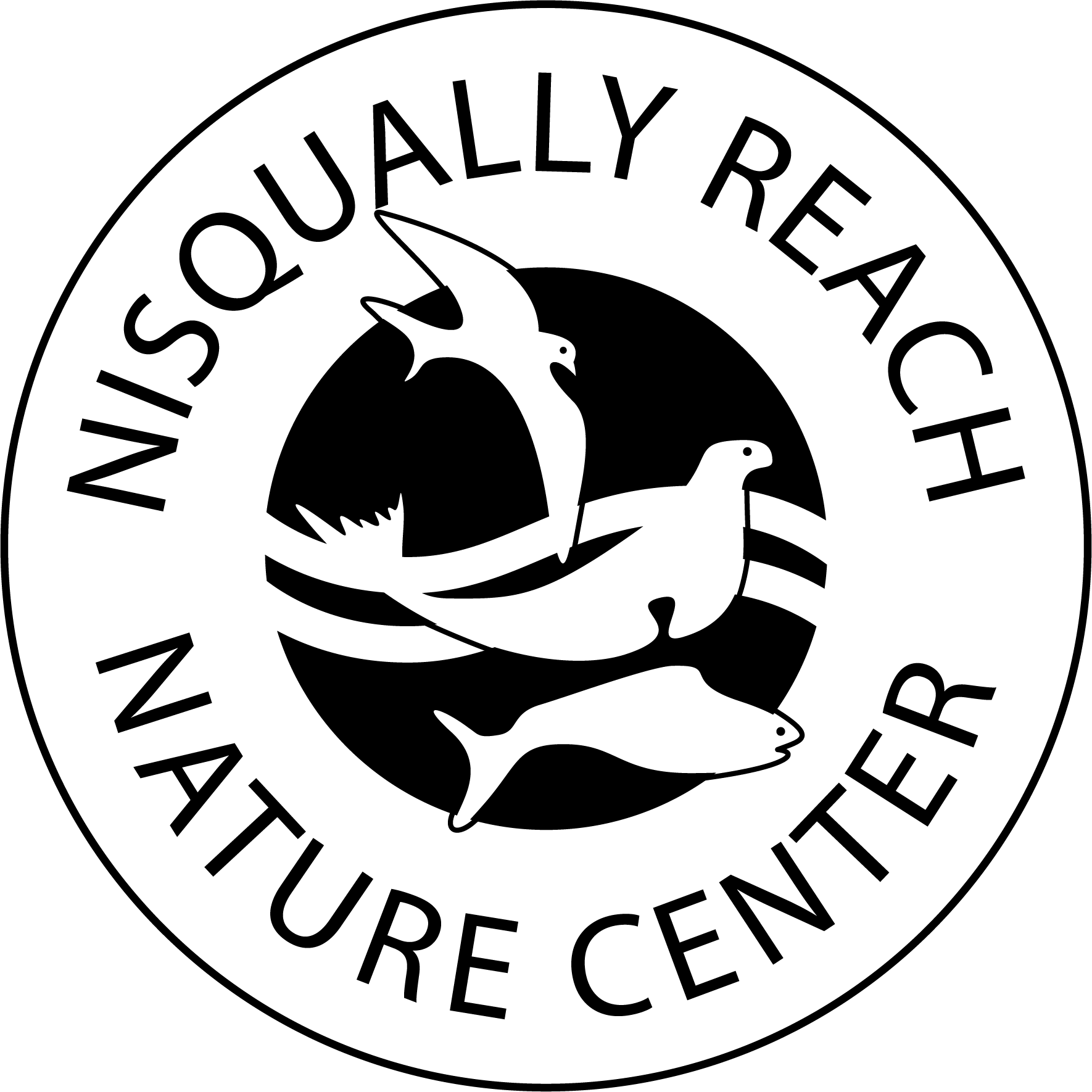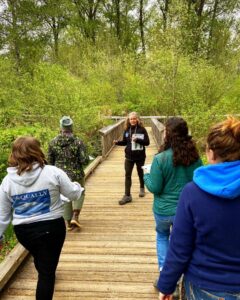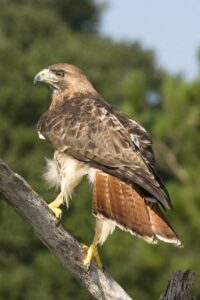Do you love the outdoors? Are you interested in inspiring the next generation of environmental stewards? Well then look no further because Eye on Nature is a great volunteer opportunity! These educational field trips (which take place at the Billy Frank Jr. Nisqually National Wildlife Refuge) introduce students to concepts such as nature mapping, ethnobotany, and the role of community science in conserving our environment!
After completing training, each volunteer leads a small group of students in 3rd-8th grade on nature walks in the Refuge. We are currently recruiting volunteers for this program!
Email lacey_wright@fws.gov if you have questions about Eye On Nature.
About Eye On Nature
Eye On Nature is a collaborative field trip program offered by Nisqually Reach Nature Center (NRNC), the Nisqually River Education Project, Chehalis Basin Education Consortium (CBEC), and Billy Frank Jr. Nisqually National Wildlife Refuge. Eye On Nature generates nature literacy in students by giving them an opportunity to experience and learn about the rich diversity of the Nisqually estuary. Nature literacy encourages students to use all their senses in the field to understand the interdependent web of life and cultivates a rich knowledge of place that will inspire future stewardship of our wildlife resources.
Eye On Nature field trips take place at the Billy Frank Jr. Nisqually National Wildlife Refuge, which has one of the few undeveloped estuaries left in Puget Sound. More than 80% of estuaries in Puget Sound are gone due to diking, draining, and development. The program connects underserved South Sound students from elementary and middle schools in North Thurston, Clover Park, Chehalis, Rochester, and Centralia School Districts and the Wa He Lut Indian School with the unique landscape and biodiversity of the Refuge, providing science education and a lifelong connection to nature.
Participating teachers go through a hands-on training to learn about citizen science and review the cultural and natural history of the Nisqually Refuge. Participating classes receive a pre-trip presentation at school, and each student receives an Eye On Nature Field Guide to identify native plants and animals that students are likely to see at the Refuge. The guides include a trail map, ethnobotany information, and a Nature Mapping data sheet to record the species they encounter on their trip. The field guides serve as an education tool and can be taken home to share with families, extending learning and outreach.
Activities during the field trips allow students to be active while fostering enthusiasm for native plants and wildlife. Most students will walk 1.5+ miles during their trip, learning about estuary restoration and the importance of habitat for threatened Chinook salmon, migrating birds, and other species. After the trip, students engage in data analysis, using their curiosity to ask questions to test their theories. Students respond enthusiastically to the meaningful work of searching for, identifying and gathering data on wildlife and nature. At the end of a field trip last spring, one student described his day as “one of the first good days of school…one of the first times I’ve made myself useful”. Eye On Nature reinforces a very important lesson: as young as they are, they too can be scientists.



